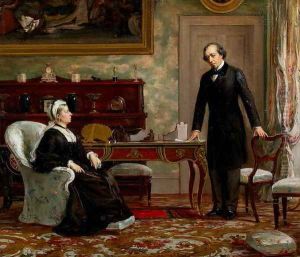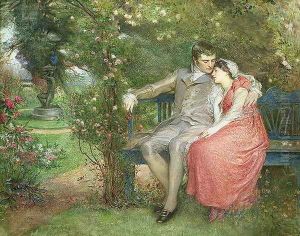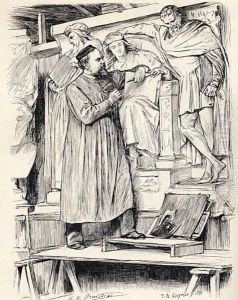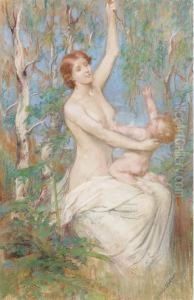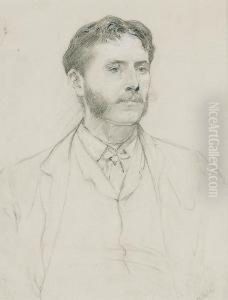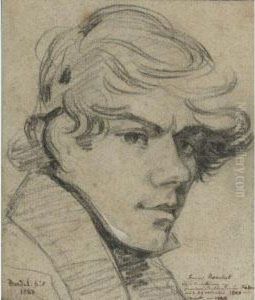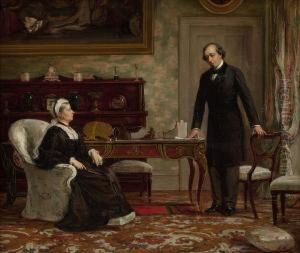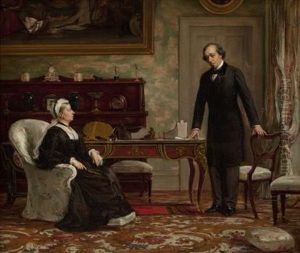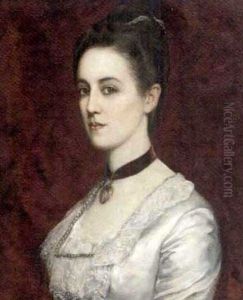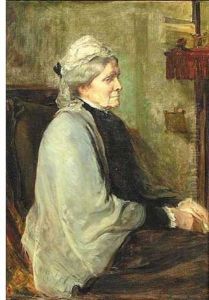Theodore Blake Wirgman Paintings
Theodore Blake Wirgman was a British artist of notable talent born in 1848. His life spanned a period of significant change in the art world, witnessing the transition from traditional to modern art forms. Born in Belgium to a family with diverse cultural roots, Wirgman's early exposure to various European art traditions significantly influenced his later work.
Educated initially in the classical arts, Wirgman's early career was marked by his study under influential artists of his time. He was particularly drawn to the vibrant art scene in London, where he eventually settled. His move to London marked the beginning of a pivotal phase in his career, as he immersed himself in the city's dynamic artistic community.
Wirgman's work is best known for its contribution to the medium of etching and illustration, areas in which he excelled due to his meticulous attention to detail and his ability to convey deep emotional resonance. He was also a talented painter, though it is his prints and illustrations that garnered the most attention during his lifetime and posthumously.
Throughout his career, Wirgman was closely associated with the Pre-Raphaelite Brotherhood, an influential group of English painters, poets, and critics, founded in 1848. Although not a member, his work exhibited a clear sympathy with their ideals, emphasizing the importance of beauty, nature, and detail in art. This connection significantly impacted his style, leading to the creation of works that are celebrated for their richness and depth.
In addition to his artistic pursuits, Theodore Blake Wirgman also contributed to the art world as a teacher and mentor, influencing a new generation of artists. His commitment to the arts was evident in his involvement in various artistic societies and his efforts to promote the appreciation of art in broader society.
Wirgman's legacy is that of a dedicated artist who navigated the transitions of his time with grace and contributed significantly to the art world with his unique vision and talent. He passed away in 1925, leaving behind a body of work that continues to be admired for its beauty and technical skill.
